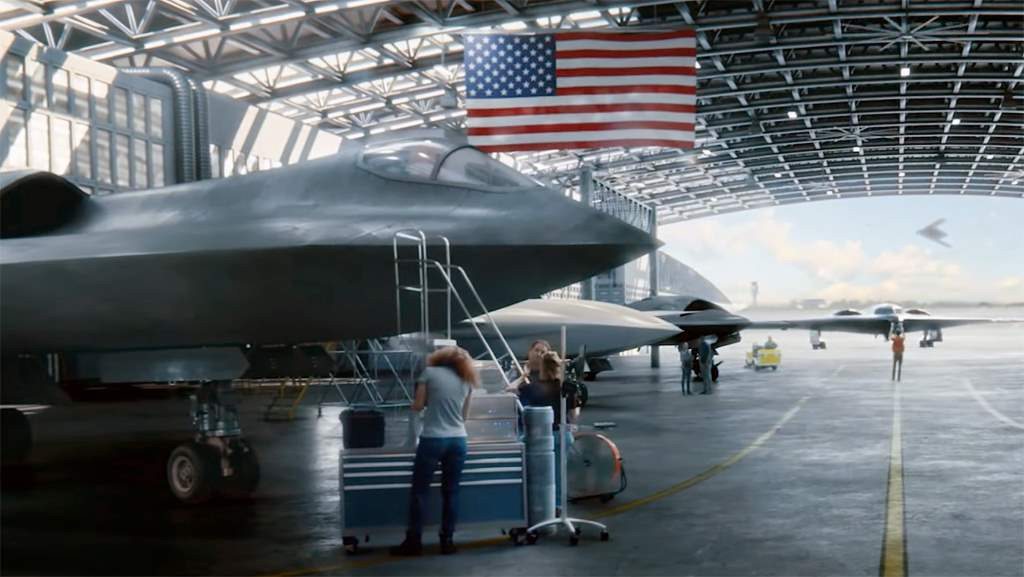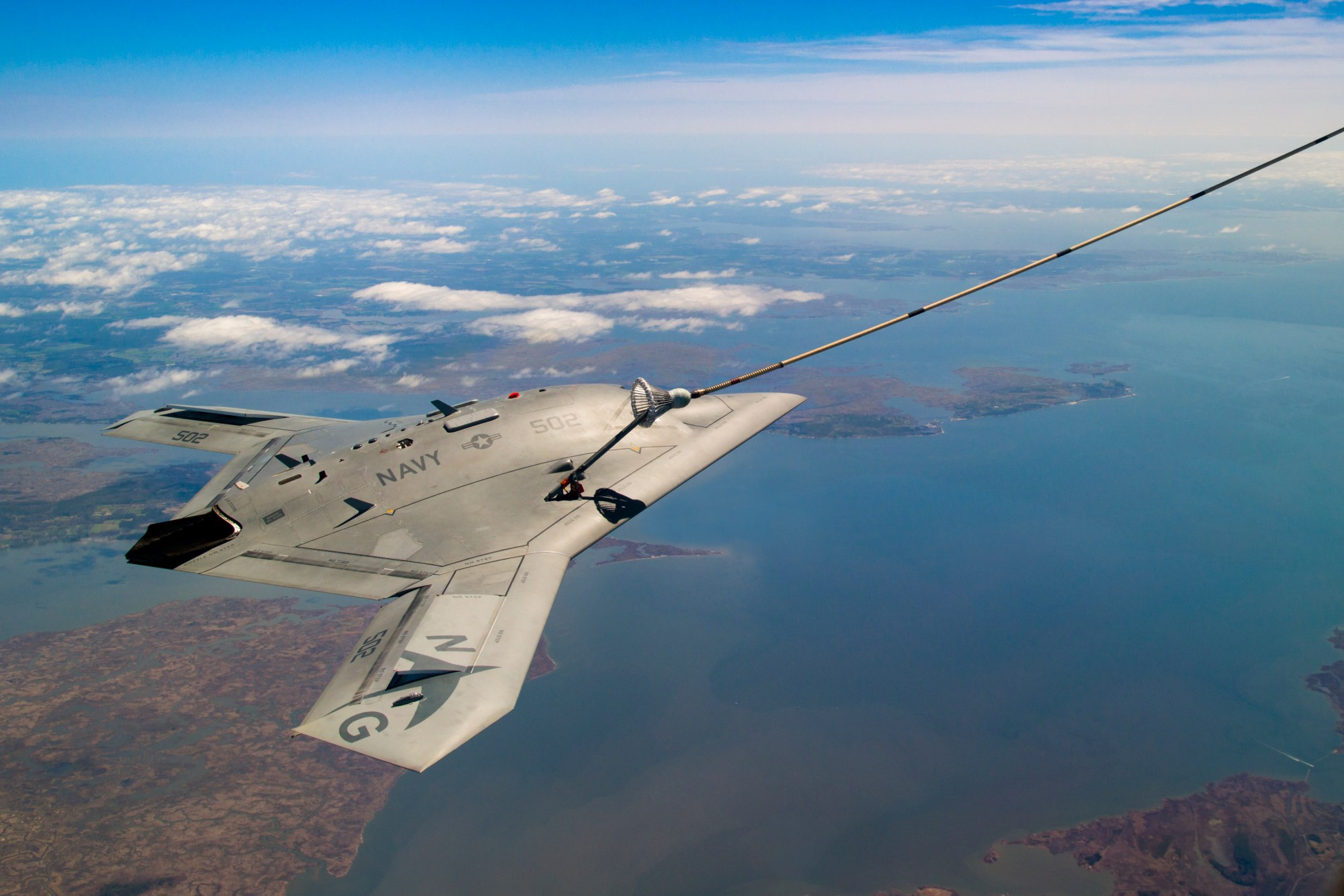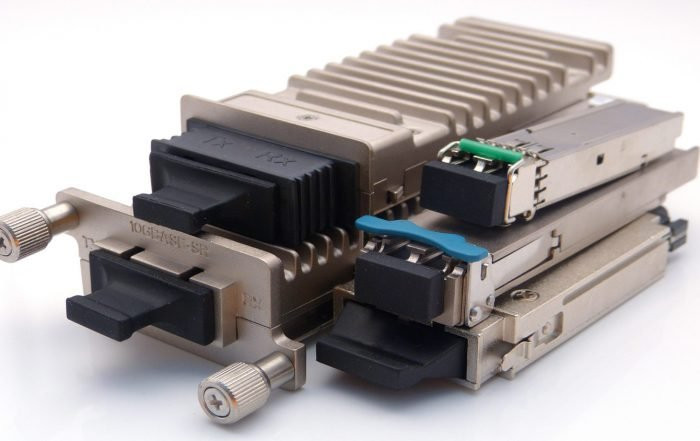The Rise of the Drones: A Market Ready to Take Flight
The global drone market is experiencing an explosive surge in growth, driven by a confluence of factors, including technological advancements, increasing demand for unmanned aerial vehicles (UAVs) in various sectors, and favorable government regulations. This rapidly evolving sector is attracting significant investments and witnessing the emergence of new players, while established giants are vying for market dominance.
Key Players Shaping the Landscape:
Several key players are driving the growth of the drone market, each with its own unique strengths and areas of focus. Among them, The Boeing Company, Lockheed Martin, and Northrop Grumman stand out as industry leaders, leveraging their expertise and resources to develop cutting-edge drone technologies.
The Boeing Company:
The Boeing Company, a global aerospace giant, is a prominent player in the military drone market. The company has a long history of developing and manufacturing advanced UAVs, including the MQ-25 Stingray, a carrier-based unmanned aerial refueling system designed for the U.S. Navy. Boeing's expertise in aircraft design, manufacturing, and integration has enabled it to develop drones that meet the rigorous demands of military operations.
Lockheed Martin:
Lockheed Martin, another major player in the aerospace and defense industry, is known for its innovative drone technologies. The company's portfolio includes the RQ-170 Sentinel, a stealthy reconnaissance drone, and the Indago, a small, hand-launched drone used for surveillance and reconnaissance. Lockheed Martin's focus on developing drones with advanced capabilities, including stealth, intelligence, and communications, has positioned it as a leader in the defense drone market.
Northrop Grumman:
Northrop Grumman, a leading global aerospace and defense company, is actively involved in the development and production of drones for military and commercial applications. The company's drone offerings include the MQ-8 Fire Scout, a naval reconnaissance drone, and the RQ-4 Global Hawk, a high-altitude reconnaissance drone. Northrop Grumman's strong focus on developing drones with advanced surveillance and reconnaissance capabilities, coupled with its extensive experience in systems integration, has enabled it to establish a strong presence in the drone market.
Driving Forces Behind the Market Growth:
Several factors are propelling the growth of the drone market. Technological advancements in areas such as battery technology, sensors, and autonomous navigation are making drones more capable and efficient, enabling them to perform tasks previously impossible for traditional aircraft. The increasing demand for drones in various sectors, including military, commercial, and civil, is another key driver. Military forces are utilizing drones for intelligence, surveillance, and reconnaissance (ISR), while commercial businesses are deploying drones for aerial photography, delivery services, and inspection tasks. The growing popularity of drones for recreational purposes is also contributing to the market growth.
Government Regulations and the Future of the Drone Industry:
Government regulations are playing a crucial role in shaping the future of the drone industry. While regulatory frameworks are evolving, they are becoming more conducive to the development and deployment of drones, especially in commercial applications. The Federal Aviation Administration (FAA) in the United States has introduced regulations for commercial drone operations, enabling businesses to utilize drones for various tasks. Similar regulatory frameworks are being developed in other countries, paving the way for the wider adoption of drones in diverse industries.
The Future of Drone Technology:
The drone market is expected to continue its rapid growth in the coming years. With technological advancements driving the development of more sophisticated and autonomous drones, the potential applications for UAVs are expanding rapidly. The integration of artificial intelligence (AI) and machine learning (ML) into drone technology is further enhancing their capabilities, enabling them to perform complex tasks with greater precision. The emergence of drone swarms, where multiple drones operate in coordination, is opening new possibilities for diverse applications, from search and rescue operations to agricultural monitoring.
A Final Word on the Future of Drones:
The drone market is poised to transform various industries, impacting our lives in unprecedented ways. From revolutionizing logistics and delivery to enhancing agricultural practices and improving disaster response, the potential of drones is immense. As technological advancements continue and regulatory frameworks become more supportive, the drone market is expected to reach new heights, ushering in a new era of innovation and progress.


















